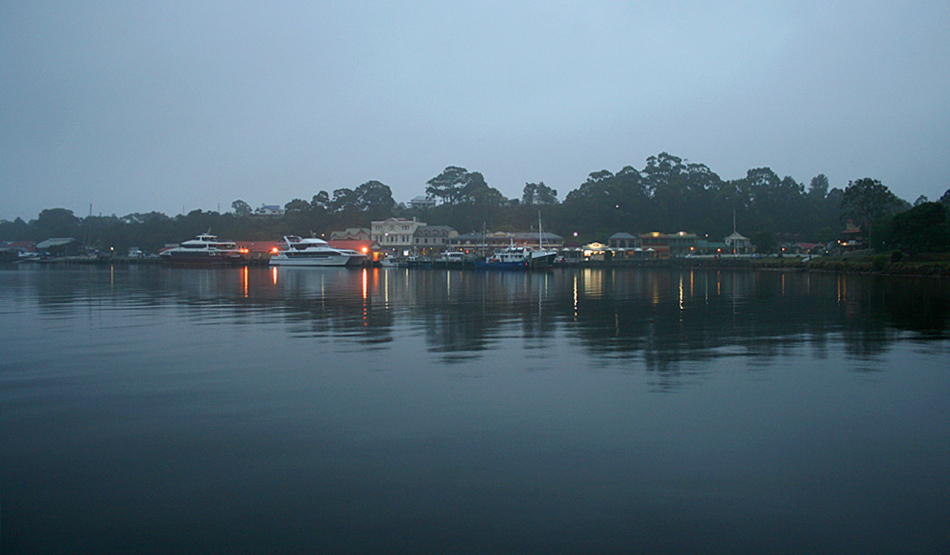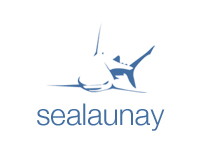 Après notre départ d’Eden et une magnifique passe sous le phare du Green Cape (le Cap Vert Australien?), nous avons effectué une traversée cette fois ci sans encombres du fameux Detroit de Bass, après des années de traversées Nord Sud ou bien Sud Nord, cette fois ci Est Ouest fut l’option, nous entrainant dans les quarantièmes Sud sans rugissement pour nous retrouver sur la fameuse cote Ouest Tasmanienne dans un parfait swell venant du grand Sud de l’Océan Indien, direction Hells Gate.
Après notre départ d’Eden et une magnifique passe sous le phare du Green Cape (le Cap Vert Australien?), nous avons effectué une traversée cette fois ci sans encombres du fameux Detroit de Bass, après des années de traversées Nord Sud ou bien Sud Nord, cette fois ci Est Ouest fut l’option, nous entrainant dans les quarantièmes Sud sans rugissement pour nous retrouver sur la fameuse cote Ouest Tasmanienne dans un parfait swell venant du grand Sud de l’Océan Indien, direction Hells Gate.
Dans une atmosphère de petit matin bien morose nous voila au porte de l’Enfer, point de passage obligatoire pour faire notre déambulation dans Macquarie Harbour et sa capitale très touristique Strahan (prononcez Straun) car même en enfer il y a des touristes.
Voila après deux jours au mouillage dans la très calme rivière Gordon au Sud de la baie, nous voila déjà bien impatient pour notre Prochaine destination Port Davey dans le Sud Ouest de l’ile, escale bien plus sauvage encore puisque aucun chemin terrestre n’arrive a cet endroit.
Posts tagged World Heritage
Oct 07
Lord Howe Island
Tasman Sea, Australia 31º31’64″S 159º03’58″E
Lord Howe Island is an irregularly crescent-shaped volcanic remnant in the Tasman Sea between Australia and New Zealand, 600 kilometres (370 mi) directly east of mainland Port Macquarie, and about 900 kilometres (560 mi) from Norfolk Island. The island is about 10 km long and between 2.0 km and 0.3 km wide with an area of 14.55 km2, “of which only 398 hectares is in the lowland settled area”. The first reported sighting of Lord Howe Island was on 17 February 1788 when Lieutenant Henry Lidgbird Ball, commander of the Armed Tender HMS Supply was on its way from Botany Bay to found a penal settlement on Norfolk Island. On the return journey Ball sent a party ashore on Lord Howe Island to claim it as a British possession. It subsequently became a provisioning port for the whaling industry, and was permanently settled in June 1834. When whaling declined, the worldwide export of the endemic kentia palms began in the 1880s, which remains a key component of the Island’s economy. The other continuing industry, tourism, began after World War II.The Lord Howe Island Group is recorded by UNESCO as a World Heritage Site of global natural significance. Most of the island is virtually untouched forest with many of the plants and animals found nowhere else in the world. Other natural attractions include the diversity of its landscapes, the variety of upper mantle and oceanic basalts, the world’s southernmost barrier coral reef, nesting seabirds, and its rich historical and cultural heritage. The Lord Howe Island Act of 1981 established a “Permanent Park Preserve” (covering approximately 70 per cent of the island). The surrounding waters are a protected region designated the Lord Howe Island Marine Park.




